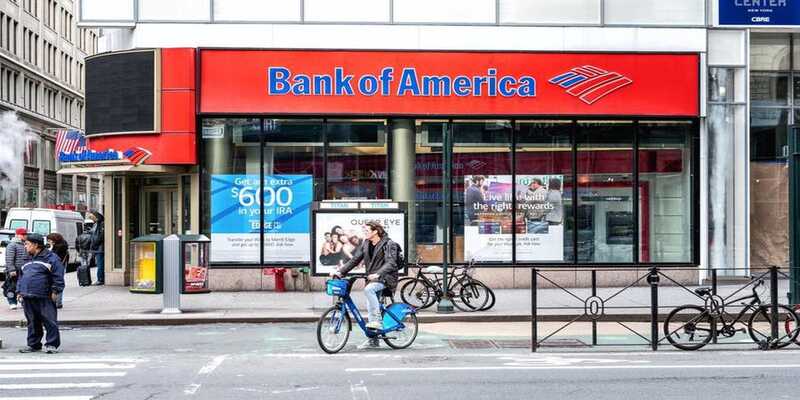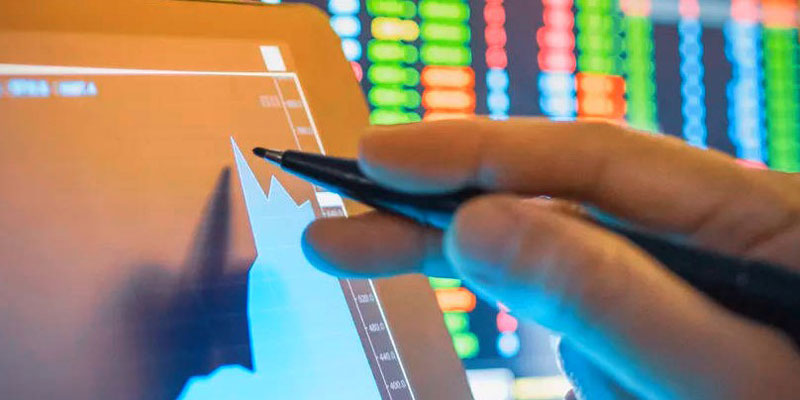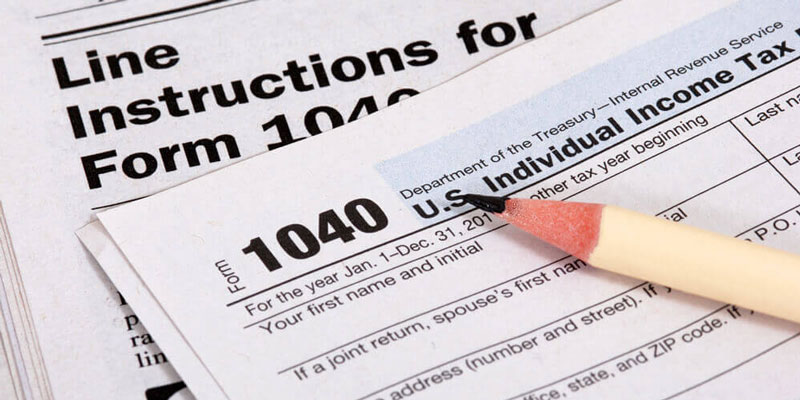Purchasing undervalued stocks may be complicated, time-consuming, and require a lot of studies. Value exchange-traded funds (ETFs) simplify this procedure. When you invest in a large-cap value exchange-traded fund (ETF), you are allowing yourself to gain exposure to the largest public companies in the market that are considered undervalued according to certain metrics, such as the P/E ratio and P/B. So, what are the best value stock ETFs?
iShares MSCI USA Value Factor ETF (VLUE)
The iShares MSCI USA Value Factor ETF replicates the performance of the MSCI USA Enhanced Value Index, which calculates a company's value based on three metrics: price to book value, future price to earnings, and enterprise value to cash flow from operations. This ETF has a price-to-earnings ratio of less than 11, making it the fund with the lowest average P/E ratio.
VLUE has more than $9 billion in total assets as of August 2022 and maintains a low expense ratio of 0.15% for its investors. As a specialized ETF, it only has ownership in 149 different businesses. It has a yield of 3.02%, looking back over the last 12 months.
Vanguard Russell 1000 Value Index Fund ETF (VONV)
Firms with lower P/B ratios and anticipated growth values are represented in the Russell 1000 Value Index, which is tracked by the Vanguard Russell 1000 Value Index Fund ETF. This index is comprised of companies. As of August 2022, VONV has accumulated more than $6 billion in net assets and maintains an expense ratio of only 8 basis points. Its yield to maturity is 2.04%.
Invesco S&''P 500 Revenue ETF (RWL)
The S&''P 500 Revenue-Weighted Index is what the Invesco S&''P 500 Revenue ETF follows. This index weights the firms included in the S&''P 500 index based on revenue rather than market capitalization. As a consequence of this, the fund produced has an average price-to-earnings ratio that is lower than that of a market-weighted S&''P 500 index fund. RWL has around $1.4 billion in total assets as of August 2022, a TTM yield of 1.52%, and an expense ratio of 0.39%.
Schwab Fundamental U.S. Large Company Index ETF (FNDX)
The Russell RAFI U.S. Large Company Index is the benchmark followed by the Schwab Fundamental U.S. Large Company Index ETF. This exchange-traded fund is one of a kind since it invests in fast-growing firms like Apple and Microsoft. Nevertheless, it keeps its overall value tilt based on the methodology of the index, which considers a number of elements such as dividends plus buybacks, adjusted sales, and retained operational cash flow, among others. FNDX has total assets at $9.6 billion, an expense ratio of 0.25%, and a yield to maturity of 1.94% as of August 2022.

Invesco FTSE RAFI US 1000 ETF (PRF)
The FTSE RAFI US 1000 Index is followed by the Invesco FTSE RAFI US 1000 ETF. This index is weighted differently depending on various basic characteristics, including total cash dividends, free cash flow, total sales, and book equity value. The index weights do not take market prices into account in any way. Even though PRF's expenditure ratio is just 0.39%, it is one of the highest on our list, making it one of the most expensive funds. It has a total yield for the trailing twelve months (TTM) of 1.91%, with total assets at $5.9 billion as of August 2022.
Vanguard Value Index Fund ETF (VTV)
The CRSP U.S. Large Cap Value Index is followed by the Vanguard Value Index Fund Exchange Traded Fund (ETF), which categorizes value firms according to P/B, future P/E, historic P/E, dividend-to-price ratio, and sales-to-price ratio. The result is an exchange-traded fund with a greater emphasis on value than a good number of the other products on our list. The expenditure ratio that VTV requires from its customers is just 4 basis points. As of August 2022, it has a total asset value of $100 billion and a TTM yield of 2.41%.
Nuveen ESG Large-Cap Value ETF (NULV)

The only fund that concentrates on an environmental, social, and governance (ESG) investing approach, including reduced carbon exposure, is this ETF. This fund seeks to provide investors with lower carbon exposure. It follows TIAA ESG USA Large-Cap Value Index, derived from the MSCI USA Value Index. In turn, both of these indices are taken from the S&''P 500. The B/P ratio, the future P/E ratio, and the dividend yield are the metrics that are used to determine value. Since the beginning of August 2022, NULV has accumulated total assets of $1.5 billion, maintains an expense ratio of 0.25%, and generates a TTM yield of 1.73%.




